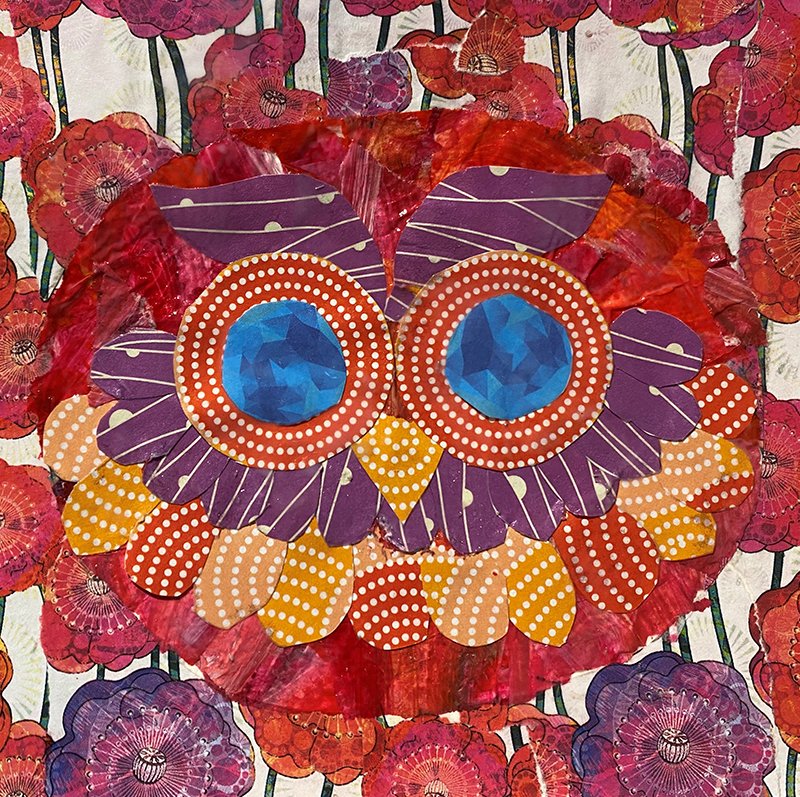We were delighted to have Daniel Shea as our special guest for our WriteSPACE Special Event, “A Guide to the Style Guides,” on Monday 22nd November. Daniel is the Heidelberg-based host of Scholarly Communication, “the podcast about how knowledge gets known.” Daniel also has his own YouTube channel, Write your research.
I first met Daniel (virtually) when he interviewed me about my books Stylish Academic Writing and Air & Light & Time & Space: How Successful Academics Write. (There's also a New Books Network podcast about The Writer's Diet with interviewer Bede Haines).
Now it's my chance to turn the tables and interview the interviewer! In the first hour of this 2-hour WriteSPACE Special Event, I asked Daniel to share insights from his many interviews with editors and educators, writing professionals and professional writers, publishers and the published. Daniel spoke about four key areas of scholarly communication that he likes to “think in”:
science and social science;
the publishing process;
education (expression of knowledge - how to use the genres); and
writing guides (the study of writing).
We also discussed Open Access publishing, how to approach freedom of choice in various academic genres, the difference between imitation and adaptation for emerging academic writers, and the challenges of containing “writing sprawl.”
Quote of the hour: “Nothing is irrelevant in literature.”
In the second hour, Daniel and I ran a hands-on workshop designed to help participants navigate the wide and sometimes confusing world of self-help books for writers. Writing guides fill many shelves in any bookstore or library; but how do we know which guides are best for us at different times in our writing lives? Daniel offered some concrete strategies for choosing among the many available guides and spoke about the importance of knowing what stylistic conversations and trends are happening in your discipline. He also encouraged us to reflect on the strengths and shortcomings of our favorite writing guides by considering the following questions:
When I pick up a new writing guide, am I looking for answers to specific questions, or do I hope to find general orientation in my writing?
Do I want the guide to function like a DIY manual or more like a course on writing, with a structured set of exercises to follow?
What are my expectations of the guide, and what are my expectations of myself?
Which skills in writing have I learned through guides and which through my own experience?
What kind of guides work best as conversation starters?
We concluded with a Q & A, and participants shared their favorite writing and style books. This thought-provoking session gave us all much to consider and a wonderful array of guides and resources to follow up.
Quote of the hour:
“Look outside your own area of work. Know that form follows function. What your writing can do is what you shape it to do.”
The full video of this inspiring session is now available in the WriteSPACE Library, and a list of the many books and other resources recommended by Daniel and the participants will be published in next week’s newsletter and blog post.
Resources discussed by Daniel Shea
Making Sense by Bill Cope & Mary Kalantzis.
Stylish Academic Writing by Helen Sword.
Several Short Sentences about Writing by Verlyn Klinkenborg.
The Forest for the Trees by Betsy Lerner.
Writing Science: How to write papers that get cited and proposals that get funded by Josh Schimel. (An example of this is Josh Schimel's blog post entitled Writing Science Getting Started Group Exercise OCAR storytelling structure exercise - for science writers.)
Style: Lessons in Clarity and Grace by Joseph Williams.
A book on Open Access: Reassembling Scholarly Communications: Histories, Infrastructures, and Global Politics of Open Access by Martin Paul Eve.
How to Fix Your Academic Writing Trouble by Inger Mewburn.
Do I Make Myself Clear? Why Writing Well Matters by Harold Evans.
Grammar Choices for Graduate and Professional Writers by Nigel A. Caplan.
(Also see other titles in the Michigan Series in English for Academic & Professional Purposes.)
The Fine Art of Copyediting by Elsie Myers.
Other recommendations
Writing your journal article in 12 weeks: A guide to academic publishing success by Wendy Laura Belcher.
90 Days, 90 Ways: Inspiration, Tips & Strategies for Academic Writers by Patricia Goodson, Mina Beigi, and Melika Shirmohammadi.
Getting It Published: A Guide for Scholars and Anyone Else Serious about Serious Books by William Germano.
On revision by William Germano.
Everyday I Write the Book by Amitava Kumar.
First You Write a Sentence by Joe Moran.
The Sense of Style: The Thinking Person's Guide to Writing in the 21st Century by Steven Pinker.
The Writing Life by Annie Dillard.
The Clockwork Muse by Eviatar Zerubavel.
How to Use Storytelling in Your Academic Writing by Timothy G. Pollock.
Murder Your darlings by Roy Peter Clark.
Writing down the bones: Freeing the writer within by Nathalie Goldberg.
Reporting Qualitative Research in Psychology by Heidi Levitt.
Writing for Social Scientists by Howard Becker.
Tricks of the Trade by Howard Becker.
Words and Rules - and others titles by Steven Pinker.
WAC Clearinghouse – an open access publishing collaborative.
WAC Resources page and more specifically, see these WAC Writing Guides, Links for writing, and Open Access Textbooks.
Warm thanks to Nina Ginsberg for helping with this post!
A recording of this WriteSPACE Special Event is now available for members in the WriteSPACE Library.
Not yet a member? Join the WriteSPACE now with a free 30 day trial, and access our full Library of videos and other writing resources.
Subscribe here to Helen’s Word on Substack to access the full Substack archive and receive weekly subscriber-only newsletters (USD $5/month or $50/year).
WriteSPACE members enjoy a complimentary subscription to Helen’s Word as part of their membership plan (USD $15/month or $150/year).







